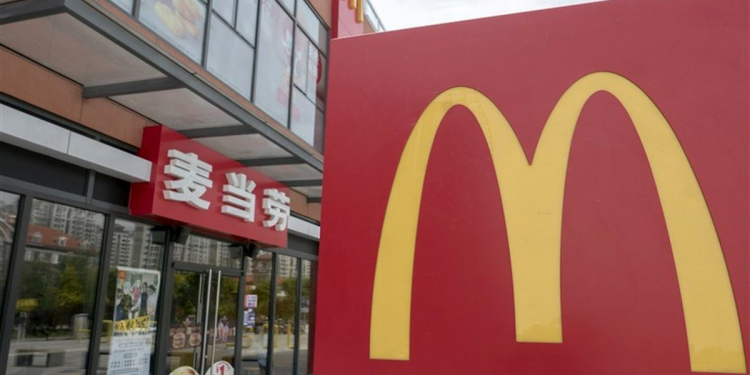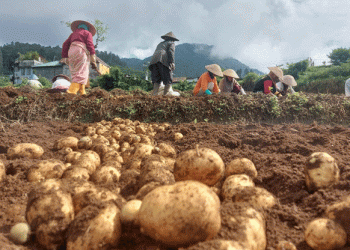It may surprise many people to learn that China has been the world’s largest producer of potatoes since 1993. But it should not be entirely unexpected.
The Chinese diet has changed drastically since the economic reforms of the 1980’s. Introduction of French fries by Western fast food restaurants popularized potatoes.
The Chinese government has been enhancing food security by encouraging diversification of staple crops to include high-yield potatoes.
And the Chinese are adapting new and exciting ways to cook the mighty spud.
The potato is not new to modern Chinese diet. Believed to have been introduced by Portuguese traders during the 17th century, its consumption remained low until now. The Communist government’s economic reforms that gradually abolished the commune farming system from 1979 through 1986 changed the rural farming practices. After the government adopted the Household Responsibility System which established small farms, many started planting cash crops such as potatoes to boost income.
Since the potato was not a staple food at that time it fetched better prices than traditional grains. That was the beginning of the increase in potato production. Over the last decade the Chinese government also decided to encourage production of potatoes to help diversify the country’s staple crops. Increased government research into production efficiency helped farmers boost their output and potatoes are now abundant.
In addition to becoming addicted to greasy French fries from Western fast food restaurants, many Chinese are adapting this wonder tuber using traditional cooking methods. Steamed buns are made with meat and potato filling. Meat stews are supplemented with potato chunks instead of turnips or daikon. And then there are the countless ways potatoes are stir-fried with meat, other vegetables or by themselves.
The most interesting uses of potatoes are from the Northeast and Southwest region of the country, where they are most plentiful. A stir-fry of thinly julienned potatoes from the Northeast cooks them al dente, if that’s even possible, so they remain crunchy yet don’t taste raw. The dish is finished with a touch of vinegar and soy sauce to give it a fragrant flavorful quality. I recall Frank Bruni, then the restaurant critic of the New York Times, being fascinated by the texture of this dish a few years ago when we ate together at Sichuan Gourmet.
In my travels to Sichuan and Yunnan in Southwest China I also increasingly encountered mashed potato on restaurant menus. In Chengdu Xiao Jian Jiao (???) served a mashed potato dish flavored with salted duck egg yolk. Another version in Kunming at 1910 South Railway Station was served with garlic, chili flakes and tomatoes mashed together. It is quite refreshing to taste mashed potato with these Asian flavors.








